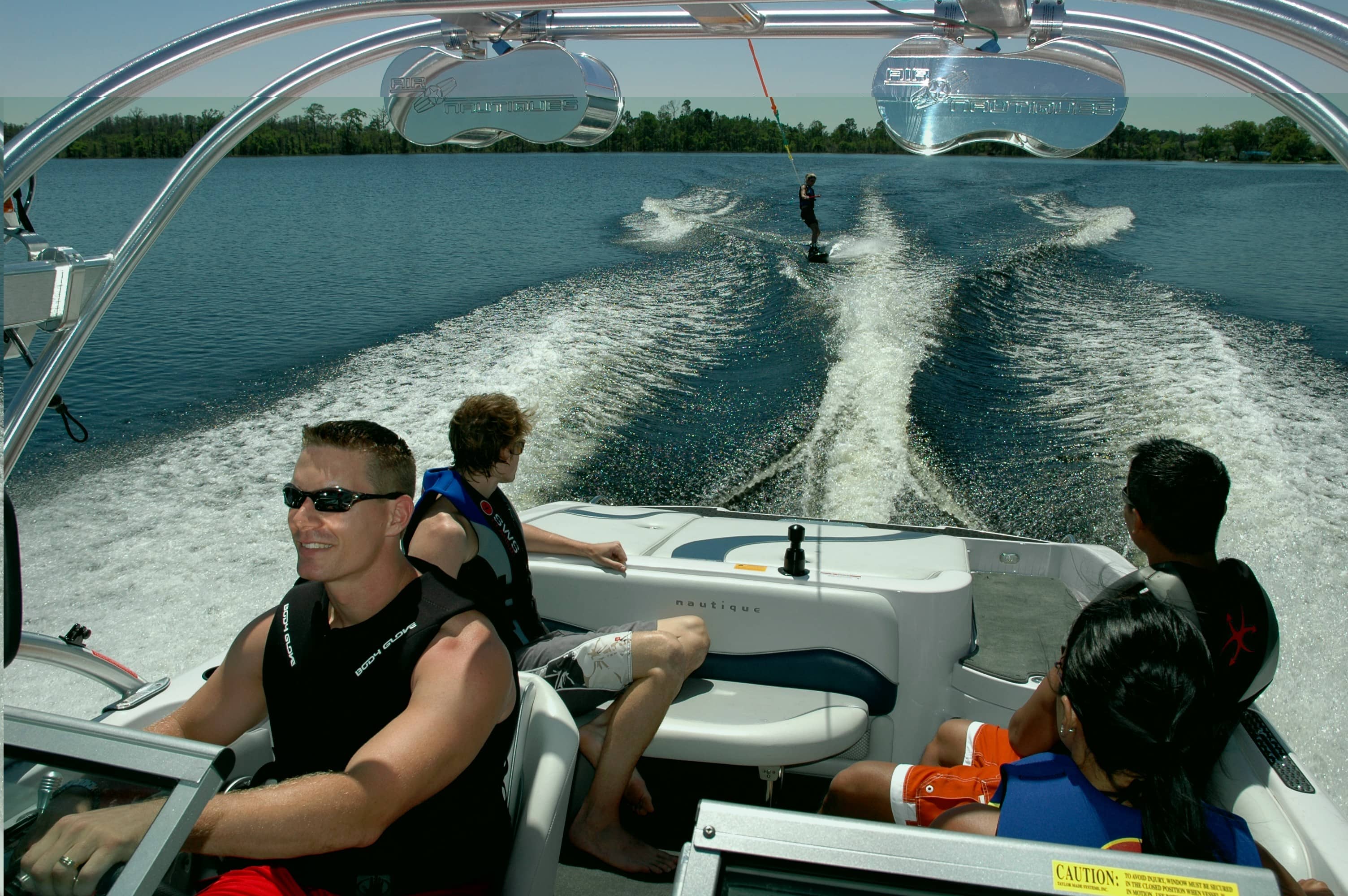
State and local law enforcement agencies will be focusing on safety this Fourth of July holiday weekend as thousands are expected to travel across the state and recreate on Iowa’s natural resources.
The Iowa DNR Law Enforcement Bureau will be focusing efforts on the boating while intoxicated law as part of the national Operation Dry Water campaign to draw public attention to the hazards of boating under the influence.
Iowa DNR Conservation Officers will be heavily patrolling Iowa waterways over the Fourth of July holiday and during the Operation Dry Water campaign, through Sunday. The DNR will be conducting heightened awareness and enforcement of boating under the influence laws in hopes to decrease the number of crashes, causing injuries and deaths and remove any impaired boat operators, providing a safe and enjoyable experience for boaters this season.
“Often times, people don’t realize the warm temperatures and sun, along with the wind and waves, can cause the effects of alcohol to be intensified much quicker,” said Susan Stocker, boating law administrator and education coordinator for the Iowa DNR. “Operators may not think they are over the limit, but their judgment, reaction time, balance and vision show otherwise.”
Tips to staying safe while boating on the water this summer (from the Iowa DNR):
– Boat sober. Alcohol and drug use impairs a boater’s judgment, balance, vision and reaction time.
– Wear your life jacket and have the proper amount onboard.
– Take a boating safety education course.
– Know the current boating laws for the State of Iowa
– Operating a vessel under the influence of alcohol or drugs is illegal on all navigable waters of the state and can lead to serious injuries and consequences.
In Iowa, it is illegal to operate a vessel or vehicle with a BAC level of .08 or higher. If you are found to be impaired and operating a boat or vehicle, you will face the consequences from law enforcement.
The public beaches across the state are also expected to be busy this Fourth of July holiday weekend and the DNR reminds swimmers to follow these safety guidelines:
– Swim in designated areas—the roped off areas
– Wear a lifejacket
– Always swim with a buddy or let someone know where you are at all times
– Avoid areas with waves or rip currents
Here are some safety tips from the U.S. Army Corps of Engineers:
“Boat sober and always maintain a lookout for other boats and weather changes. Operate your vessel responsibly and in a friendly manner, and most importantly, wear your life jacket and engine cutoff device. Drowning is the Nation’s second leading cause of accidental death, yet it is possible just by wearing a life jacket, these drowning deaths can be reduced. Statistics show that 90 percent of those who drown at U.S. Army Corps of Engineers lakes and rivers may have survived if they had worn a life jacket.
Swimming in open water is more difficult than in a swimming pool. You can tire more quickly and get into trouble. Even the best swimmers can misjudge the water and their skills when boating and swimming. Conditions can change quickly in open water, so before entering the water, wear a life jacket. While wearing a life jacket you will not use as much energy and it will help you float. Peer pressure can kill, so friends make friends swim in designated areas and wear a life jacket.
While on or near the water, watch your children. It only takes 20 seconds for a child to drown, and before you know it, your child could be gone. A lot of people believe that if someone is drowning, they will yell for help, but that is not the case. Several people drown each year within 10 feet of safety because the people around them did not recognize that they were drowning. The four signs of a drowning victim include head back, gasping for air, no yelling or sound, and arms slapping the water looking like they are trying to climb out of the water. Seconds count and it could make the difference between life and death, so watch those you love.
Boaters should be also be aware of a silent and invisible killer: Carbon monoxide. It can accumulate anywhere in or around boats regardless of the type of boat you have. Early symptoms of carbon monoxide poisoning include eye irritation, headache, nausea, weakness and dizziness. Know the signs and stay alive. Install and maintain carbon monoxide detectors on and inside your boat and maintain a fresh circulation of air through and around your boat at all times. Avoid areas around boats where exhaust fumes may be present. Do not let those you love swim under or around the boarding platform because the silent killer could be waiting for them and they will not even know it before it is too late.”

